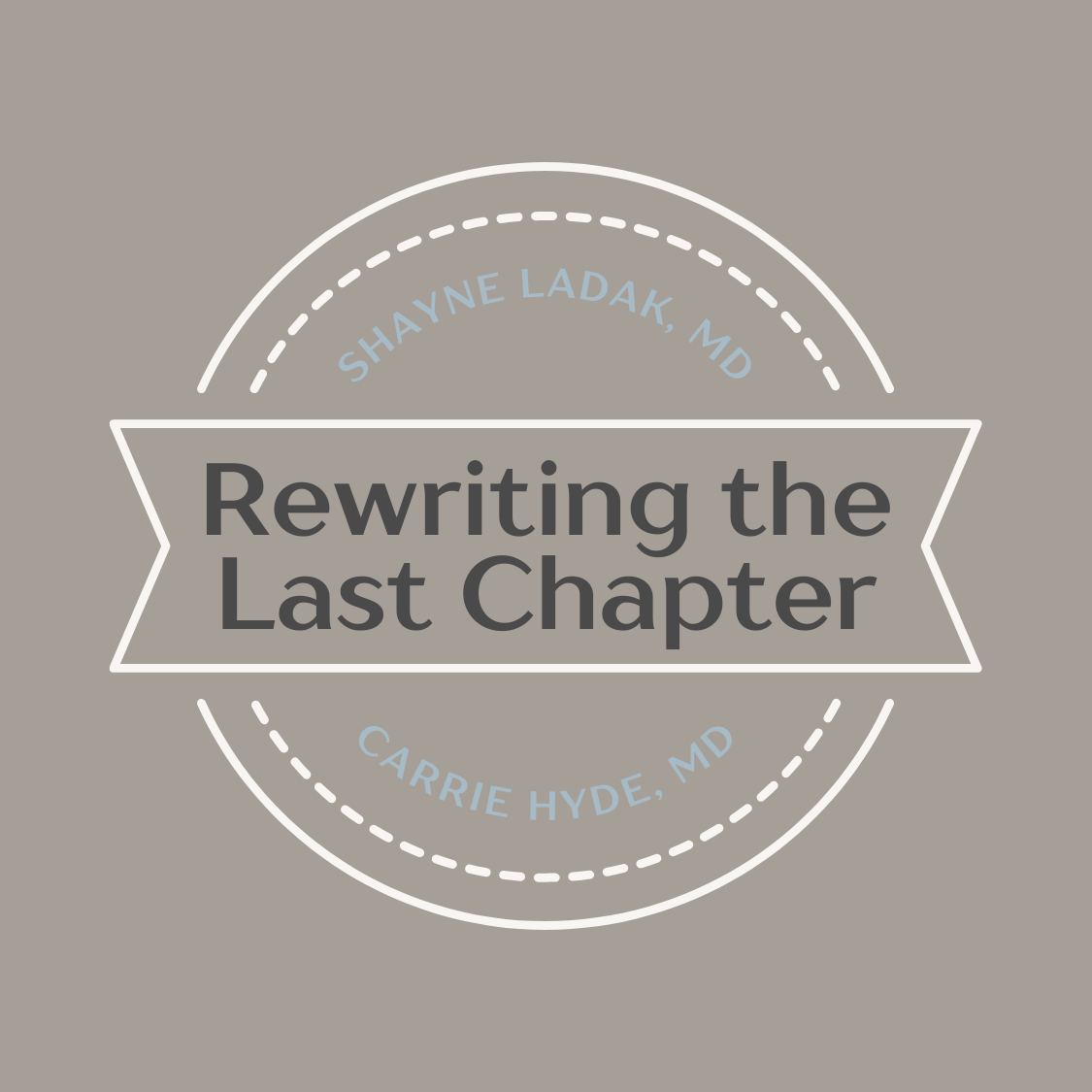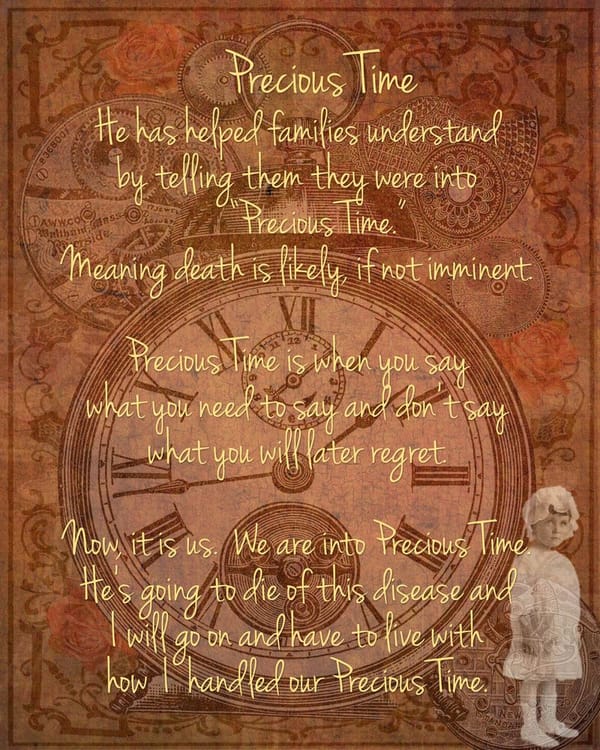Inclusive Advance Care Planning: Addressing Chosen Families and Legal Challenges in Gay and Lesbian Hospice Care

Advance care planning is a cornerstone of high-quality palliative and hospice care, enabling patients to articulate their preferences, identify surrogate decision-makers, and maintain dignity throughout the dying process. However, for gay and lesbian patients—particularly older adults who came of age in an era of systemic exclusion—the process can be fraught with legal ambiguities, social complexities, and deep-seated mistrust in healthcare institutions. Central to these challenges is the concept of chosen family, a vital support structure for many LGBTQ+ individuals that may not align with traditional legal definitions of kinship. For hospice and palliative care teams, recognizing and accommodating these realities is not only a matter of cultural competence—it is a clinical imperative.
The Role of Chosen Family
For many gay and lesbian adults, particularly those estranged from biological relatives due to their sexual orientation, chosen family offers essential emotional, physical, and logistical support.
These networks can include partners, ex-partners, close friends, neighbors, and community members. They often serve the roles that biological family typically would—providing caregiving, advocating during hospitalization, and standing vigil in final moments.
However, unless proactively addressed through documentation, these relationships may carry no legal weight in decision-making. Without valid advance directives, a same-sex partner or close friend may be excluded in favor of a legal next of kin who is either estranged or uninvolved. This can lead to decisions that do not reflect the patient’s values, breakdowns in communication, and lasting trauma for survivors.
Legal Recognition Remains Incomplete
While the legalization of same-sex marriage in many countries, including the United States and Canada, has expanded the legal protections available to some LGBTQ+ individuals, gaps remain.
Not all patients are legally married to their partners. Others may live in jurisdictions where common-law partnerships are not recognized, or where surrogate decision-making laws default to next of kin without regard to the patient’s wishes. Furthermore, LGBTQ+ patients may be unaware of the importance of legal planning, or may have experienced discrimination from legal or medical professionals in the past and avoid engaging with these systems.
It is therefore critical for palliative providers to be proactive in initiating conversations around documentation early, clearly, and sensitively.
Best Practices for Inclusive Advance Care Planning
1. Normalize and Expand the Conversation
Providers should explicitly ask, “Who do you trust to make medical decisions for you if you couldn’t speak for yourself?” rather than assuming next of kin or asking only about “family.” Intake forms and ACP discussions should include space for patients to identify their chosen family members and their relationship to the patient.
2. Clarify and Complete Legal Documents
Encourage all patients—but especially LGBTQ+ individuals with nontraditional support systems—to complete advance directives, designate a healthcare power of attorney, and, where applicable, complete physician orders for scope of treatment (POLST/MOST). Help patients understand the importance of naming their chosen decision-maker and ensure that these documents are shared with medical facilities, caregivers, and family as appropriate.
3. Train Teams on Legal Variability
Staff should be aware of their local and state/provincial laws regarding medical decision-making hierarchies and how they intersect with patient-designated surrogates. In cases where patients are unable to complete documentation and a surrogate is needed, social work and ethics teams may need to advocate for the inclusion of chosen family as de facto decision-makers when no legal relatives are present or involved.
4. Proactively Manage Family Conflict
In some cases, biological family members who have been absent or even hostile may assert control over the dying process once a patient becomes incapacitated. Anticipate these scenarios in your care planning. Address them head-on by documenting conversations with the patient about their wishes, offering family meetings when appropriate, and involving ethics committees early when disputes arise.
5. Acknowledge the Emotional Toll of Legal Exclusion
Even when advance care planning is successfully completed, gay and lesbian patients may still experience stress, anxiety, and sadness about the need to legally defend their relationships. Affirming their choices, validating their experiences, and providing trauma-informed care can mitigate this burden and foster trust between patient and team.
Case Example: When Legal Preparation Protects the Patient’s Voice
Consider a 72-year-old lesbian woman with metastatic ovarian cancer. She lives with her long-time partner of 30 years, with whom she shares a home and a life, but they are not legally married. She has been estranged from her brother and sister for decades. When she begins hospice care, the team initiates advance care planning and learns she has not completed any formal documents. With the help of the hospice social worker, she appoints her partner as her medical power of attorney and completes a DNR and MOST form. Three weeks later, she becomes nonverbal. Her estranged sister arrives and demands to take over decision-making. Because the team had the documentation in place, they were able to respectfully redirect the family member and uphold the patient’s stated wishes. Her partner was present through her final days, empowered to honor her voice and provide comfort at the bedside.
Moving Toward Equity in Hospice Care
At its core, advance care planning is about honoring autonomy and ensuring that patients’ goals and values guide their care. For gay and lesbian patients, particularly those relying on chosen families, inclusive and legally sound ACP is a safeguard against marginalization. Hospice and palliative care professionals must meet these patients with humility, curiosity, and a commitment to equity.
By recognizing nontraditional family structures, proactively addressing legal barriers, and empowering patients to document their wishes, we help ensure that no one is excluded, silenced, or forgotten at the end of life.
"Advance care planning is critical for LGBTQ+ elders. Many of us rely on families of choice—not families of origin—to make decisions for us. Without proper legal documentation, those closest to us may have no say." - Michael Adams, CEO of SAGE (Services and Advocacy for GLBT Elders)
References
Brotman S, Ryan B, Collins S, Chamberland A, Cormier R, Julien D, Meyer E. Coming out to care: Caregivers of gay and lesbian seniors in Canada. Gerontologist. 2007;47(4):490–503.
Stein GL, Beckerman NL, Sherman PA. Lesbian and gay elders and long-term care: Identifying the unique psychosocial perspectives and challenges. J Gerontol Soc Work. 2010;53(5):421–435.
American Bar Association (ABA) & Gay and Lesbian Medical Association (GLMA). Improving the health care of lesbian, gay, bisexual and transgender (LGBT) people: Understanding and eliminating health disparities. 2020. https://www.lgbtqiahealtheducation.org/wp-content/uploads/Improving-the-Health-of-LGBT-People.pdf.
National Resource Center on LGBT Aging. Inclusive Questions for Older Adults: A Practical Guide to Collecting Data on Sexual Orientation and Gender Identity. 2022.
Institute of Medicine (IOM). The Health of Lesbian, Gay, Bisexual, and Transgender People: Building a Foundation for Better Understanding. Washington, DC: The National Academies Press; 2011.
Aquaviva, Kimberly D. Human Rights Campaign Foundation. LGBTQ-Inclusive Hospice and Palliative Care: A Practical Guide to Transforming Professional Practice. 2021.
Cartwright C, Hughes M, Lienert T. End-of-life care for gay, lesbian, bisexual and transgender people. Culture, Health & Sexuality. 2012;14(5):537–548.





